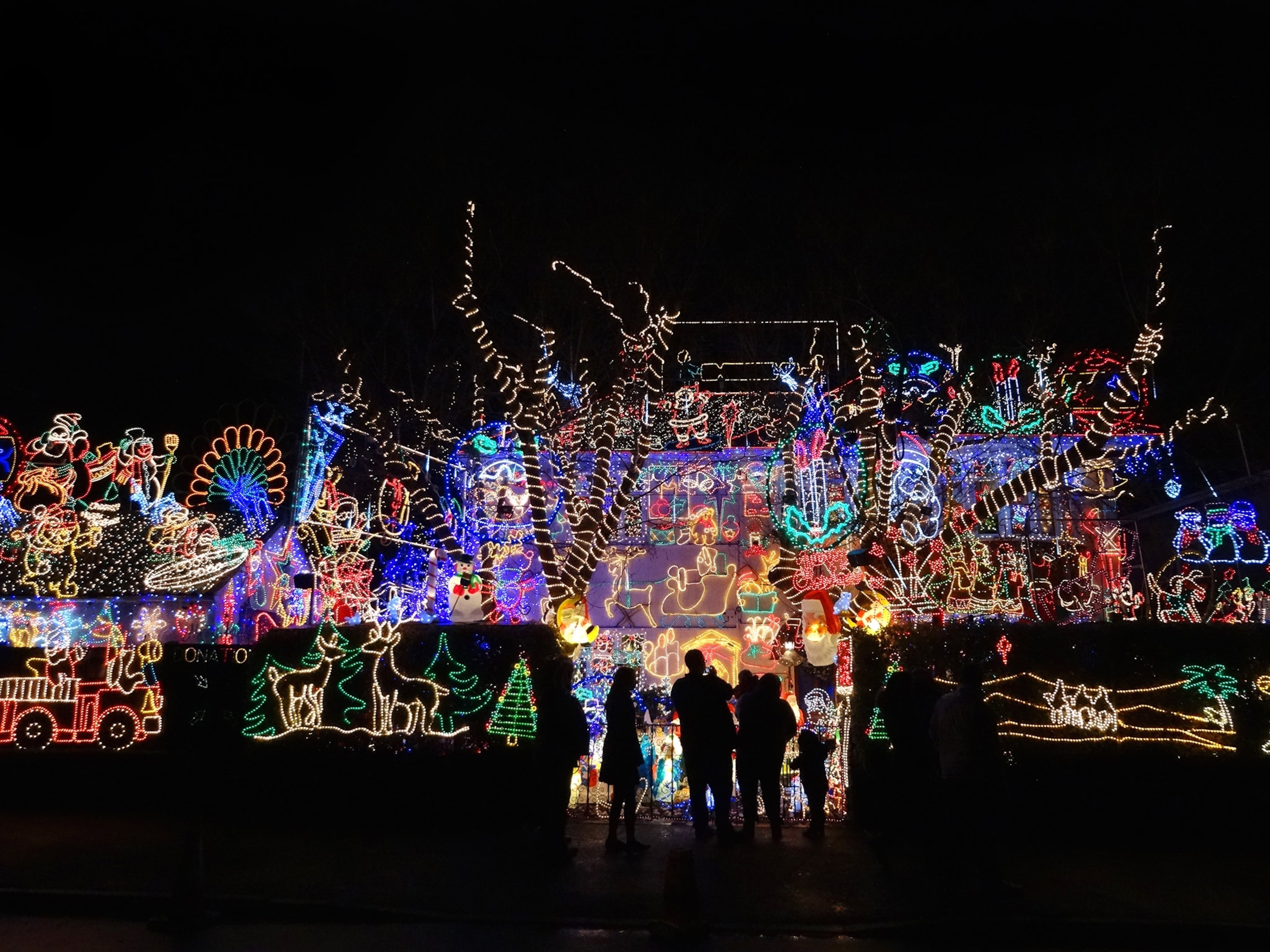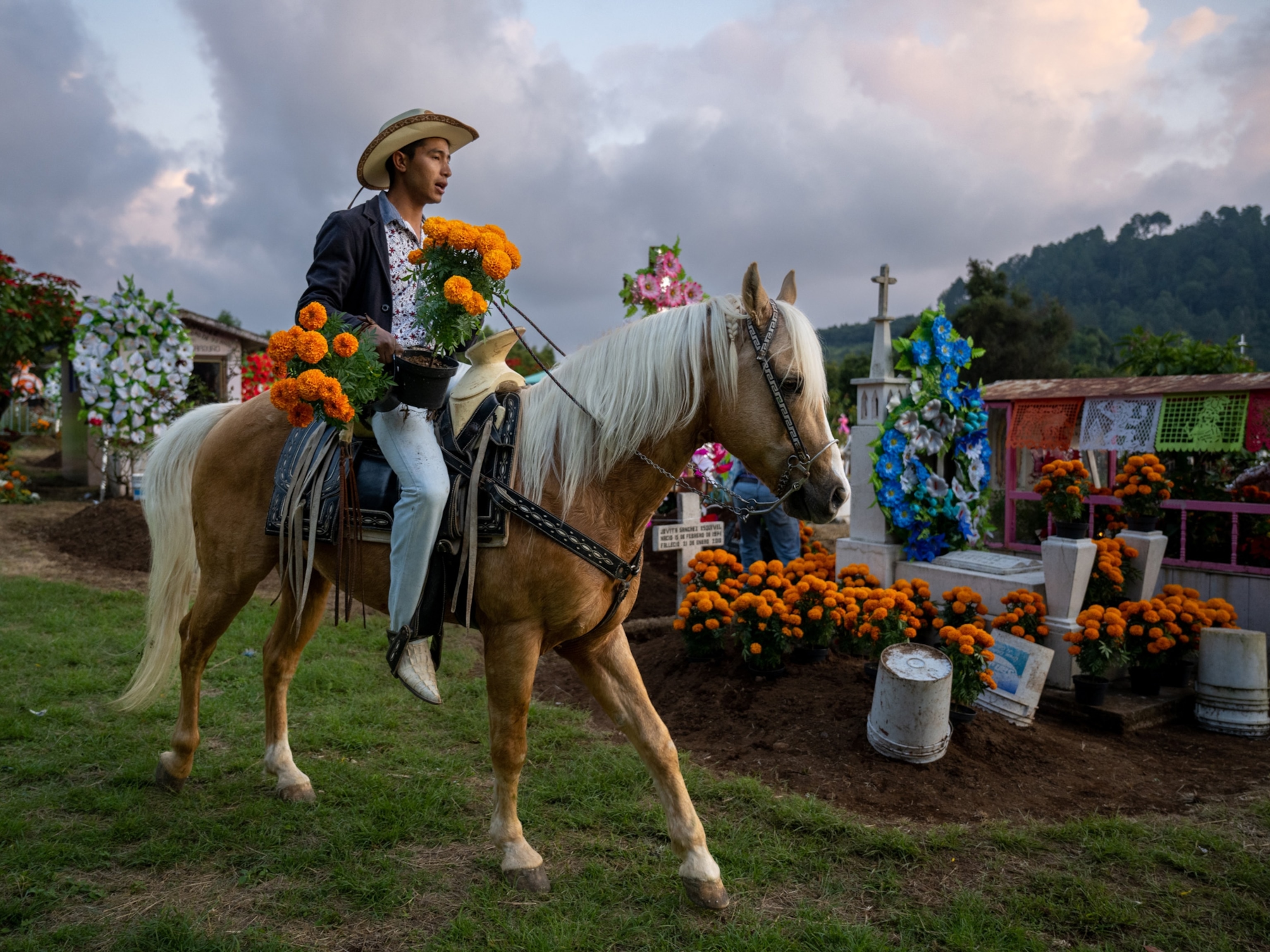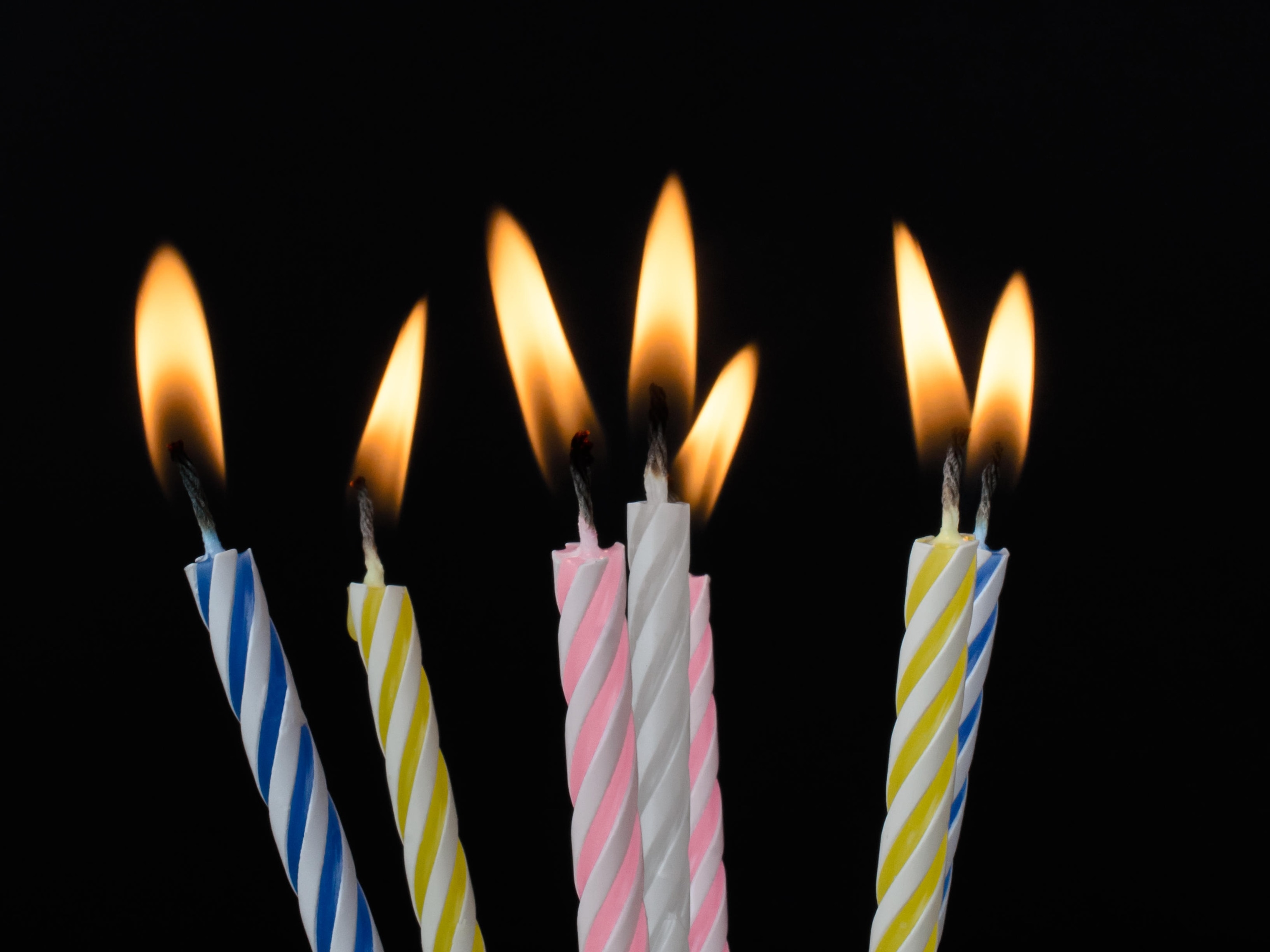
Enjoy Father's Day? Meet the woman who spent 62 years campaigning for it.
What began as a tribute to her own dad became Sonora Louise Smart Dodd’s lifelong mission to establish a nation day to celebrate all fathers.
Every year, on the third Sunday in June, Americans take time to honor fathers and their role in the family and community with gifts, barbecues, and other family gatherings. This year, Father’s Day falls on June 18, 2023.
But while many Americans may be planning to celebrate their fathers this year, few may know that the holiday owes its origins to a young woman who believed there should be a day to honor her own widowed father. Here’s what to know about the mother of Father's Day, Sonora Louise Smart Dodd, and her 62-year campaign to establish Father’s Day as a national holiday.
The origins of Father’s Day
In 1898, Sonora Louise Smart Dodd was just 16 years old when her mother died. Her newly widowed father, Civil War veteran William Jackson Smart, was left to raise Dodd and her five younger brothers alone at their home in Spokane, Washington.
In 1909, Dodd attended a church service in honor of Mother’s Day—itself a burgeoning holiday at the time. Listening to the sermon, she decided there should be a day to celebrate fathers too, especially her own.
(Nat Geo photographers share poignant pictures of their fathers.)

Inspired, Dodd drew up a petition for the first Father’s Day, which she argued should be celebrated on her father’s birthday in early June. Even though the petition only earned two signatures, Dodd convinced several local church communities to participate—on the condition she push the date to the third Sunday in June to give them more time to prepare.
The resulting celebration in Spokane kicked off Dodd’s nearly life-long mission of promoting Father’s Day for national status. Over the next half-century, Dodd would travel the United States, speaking on behalf of Father’s Day and campaigning for the cause.
In the homes of our Nation, we look to the fathers to provide the strength and stability which characterize the successful family. If the father's responsibilities are many, his rewards are also great—the love, appreciation, and respect of children and spouse.President Lyndon B. Johnson, Proclamation 3730
How Father’s Day became a national holiday
Although Mother’s Day was declared a national holiday in 1914, it took decades for Father’s Day to receive the same recognition.
Throughout the years, U.S. presidents Woodrow Wilson, Calvin Coolidge, and Lyndon B. Johnson all wrote in favor of the holiday, but none passed legislation ratifying the holiday during their term.
(Kwame Brathwaite's son takes a look at life through his father's lens.)
In 1970, Congress finally passed Joint Resolution 187, which called on citizens to “offer public and private expressions of such day to the abiding love and gratitude which they bear for their fathers.” President Richard Nixon signed the resolution into law, establishing Father’s Day as a national holiday in 1972.

How Father's Day is celebrated
On the first Father’s Day in Spokane, families honored fathers by wearing roses—red for those still alive, and white for those who were deceased. Pastors in Presbyterian and Methodist churches gave Father’s Day sermons. The city’s mayor and even the state’s governor issued Father’s Day proclamations.
Today, Father’s Day is often celebrated with food, gatherings, and gifts. This year, Americans are expected to spend nearly $23 billion for Father’s Day, with the most popular gifts being greeting cards, clothing, and gift cards, according to the National Retail Federation.
(This Father's Day, meet 6 extreme animal dads.)
Since Father’s Day was first conceived, the nature of fatherhood itself has shifted. Most fathers are no longer the sole breadwinners and have become more involved in family life. In 2019, American fathers spent an average of eight hours a week on childcare—nearly three times as many hours as they did in 1965. However, less than half of American fathers believed they were doing a “very good job” raising their children.
Fatherhood has, and continues to be, both a demanding and gratifying endeavor. Father’s Day is an occasion to thank every person who has embraced the challenging role. “If the father's responsibilities are many, his rewards are also great—the love, appreciation, and respect of children and spouse,” wrote President Lyndon B. Johnson.






